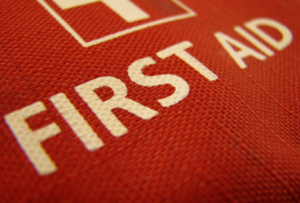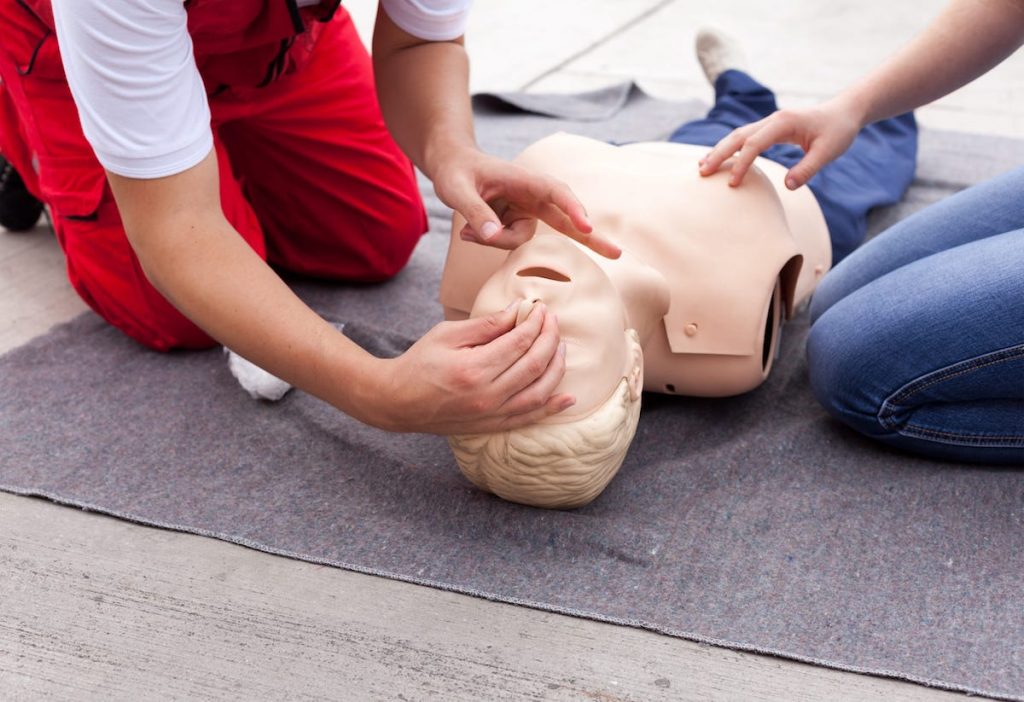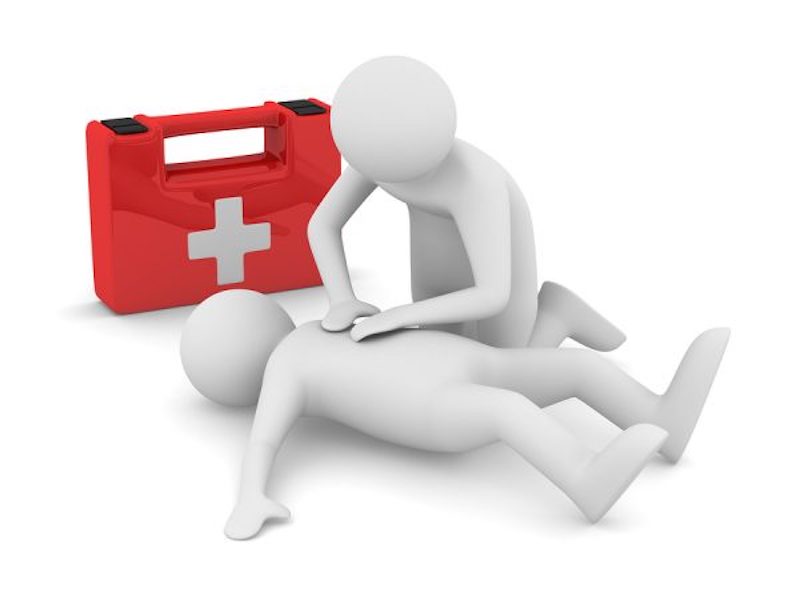Emergency First Aid Courses
Sudden injury or illness can afflict anyone at any time so Knowing emergency first aid and how to calmly respond to any sudden accident is a crucial aspect of your role as a care worker.
Health and safety regulations and the Health and Social Care regulators in the UK require that a minimum first-aid provision is made in every care home or workplace. Every workplace must have at least one person on the premises responsible for emergency first aid, this person is called an appointed person.
An appointed person may also be a qualified first aider which means they hold a current emergency first aid or first aid at work certificate. For care homes health and social care regulators require that the manager and a senior member of staff on duty are appointed persons and are also qualified first aiders.
 In addition to all staff being trained in basic first aid there should also be a suitably stocked first-aid box maintained and administered by appointed persons.
In addition to all staff being trained in basic first aid there should also be a suitably stocked first-aid box maintained and administered by appointed persons.
You must be aware that your first aid skills may be called upon not only to treat service users but also to respond to any sudden injury that should befall a visitor, contractor or another member of staff. You should be familiar with the health and safety risk assessment of your care home or workplace and consider your approach to emergency first aid based on the layout of the care home, workplace or service users home and any potential hazards within them.
It is the duty of employers to make other members of staff aware of the first aid provision. If you are a homecarer then you should be provided with a first aid kit to keep in your car. This article aims to provide guidance on how best to respond to sudden illness and injury and offers advice on correct procedure and current best practice. However when dealing with any situation that requires emergency first aid you must be aware of your limits and do not attempt to administer first aid for which you have not been trained.
 The primary survey is a quick way for you to find out if someone has any injuries or conditions which are life-threatening if you follow each step methodically you can identify each life-threatening condition and deal with it in order of priority use the acronym “Dr ABC” to remember the steps Danger Response Airway Breathing and Circulation.
The primary survey is a quick way for you to find out if someone has any injuries or conditions which are life-threatening if you follow each step methodically you can identify each life-threatening condition and deal with it in order of priority use the acronym “Dr ABC” to remember the steps Danger Response Airway Breathing and Circulation.
Danger: Ensure you and bystanders are safe remove any obvious hazards response as explained in your emergency first aid course. Does the casualty respond to voice and touch are they conscious airway identify and treat life-threatening airway problems breathing identify and treat any breathing problems if not breathing normally start CPR you are then unlikely to move on to the next step of the primary survey circulation identify and treat any life-threatening conditions such as a heart attack severe bleeding and shock used for casualties who are breathing normally.
Book an emergency first aid course today by clicking here: All courses are approved by Cardiff Council Health Care Services.
See also First aid courses for parents.

